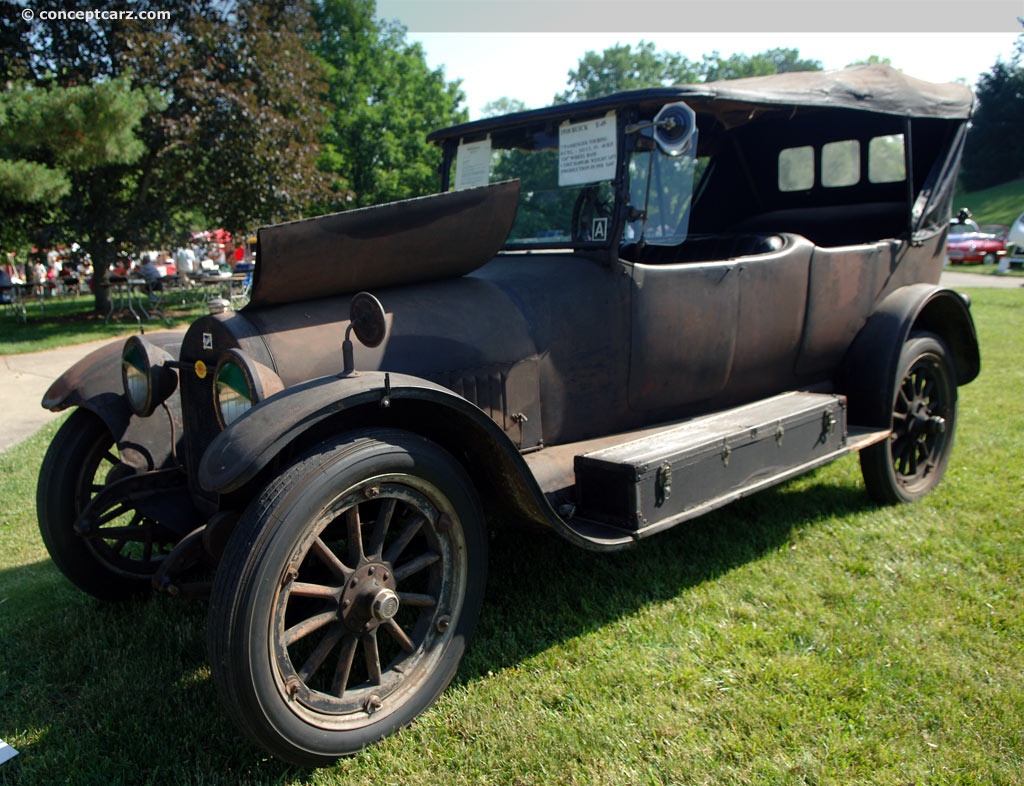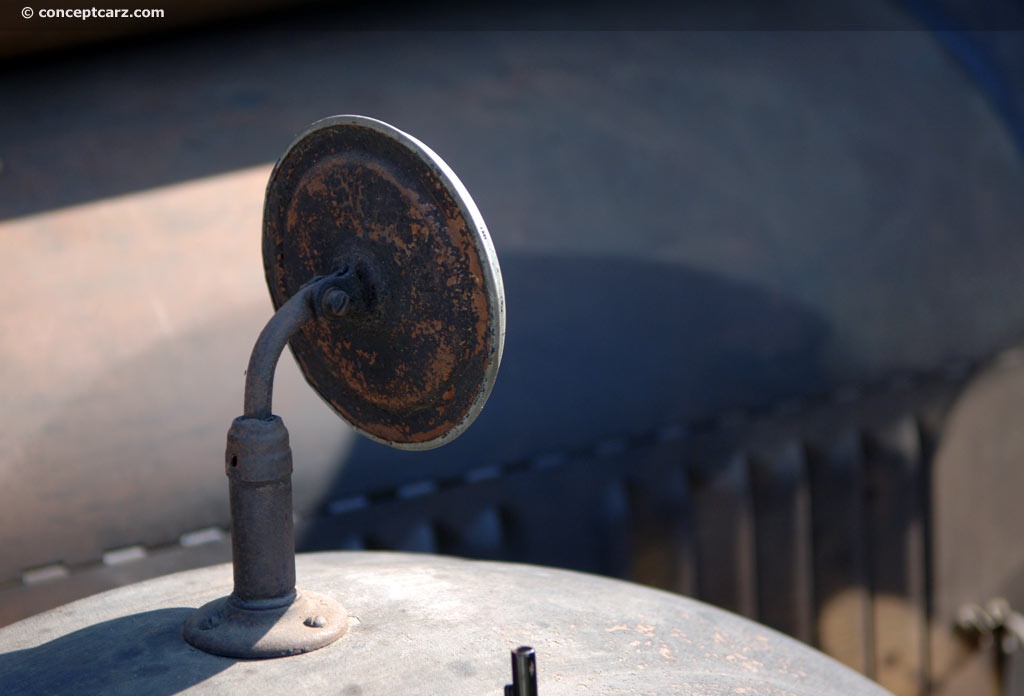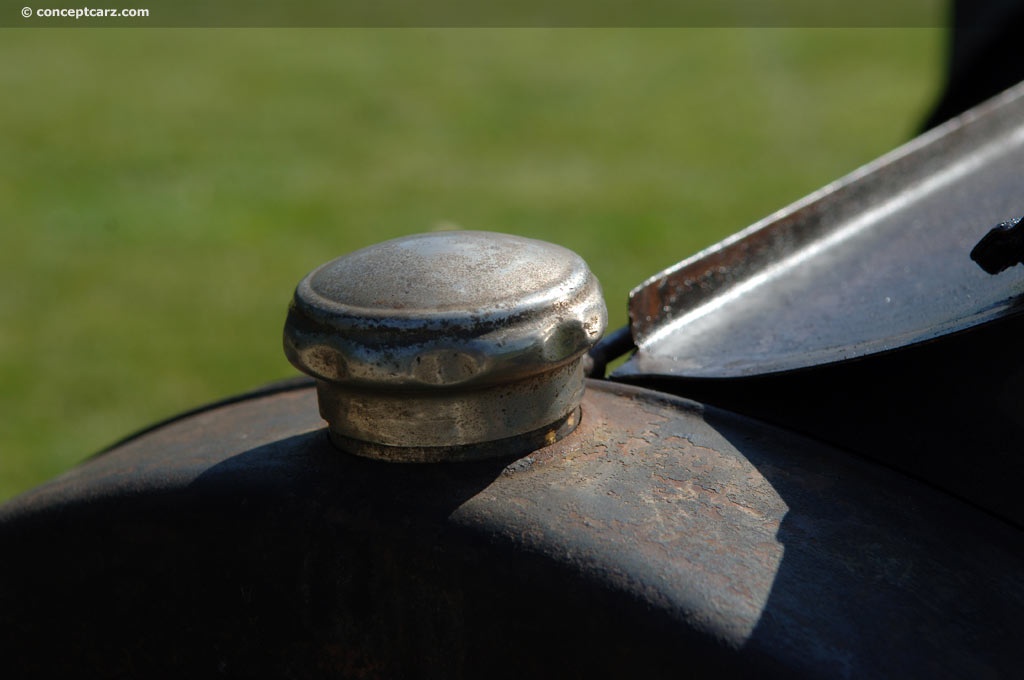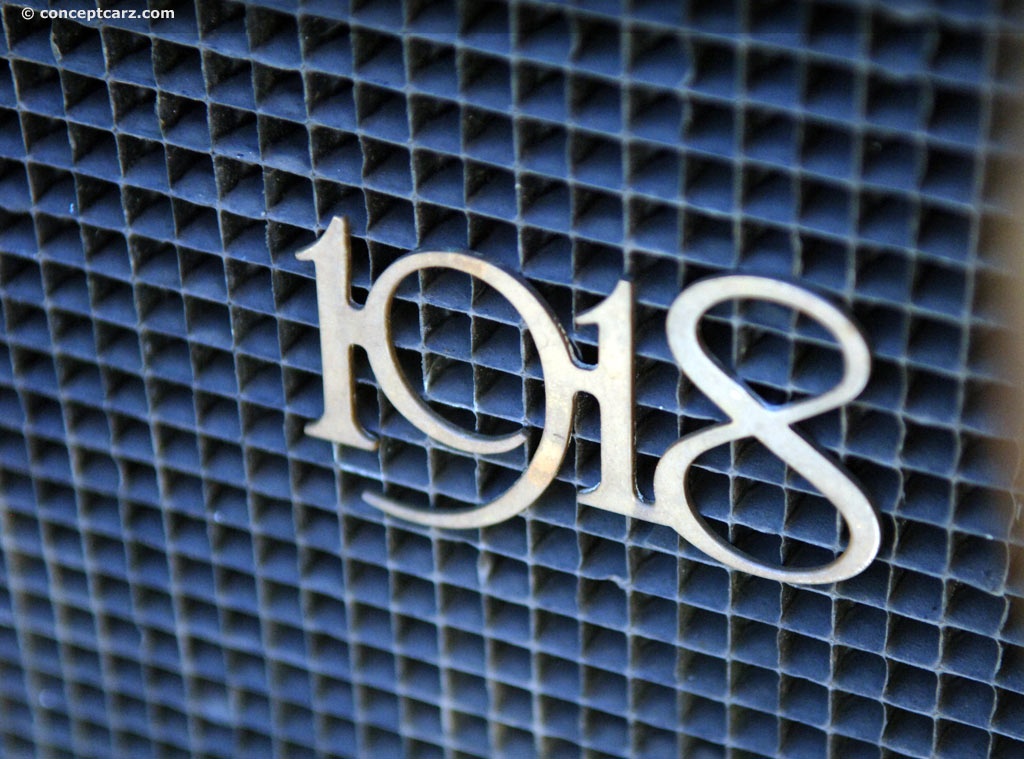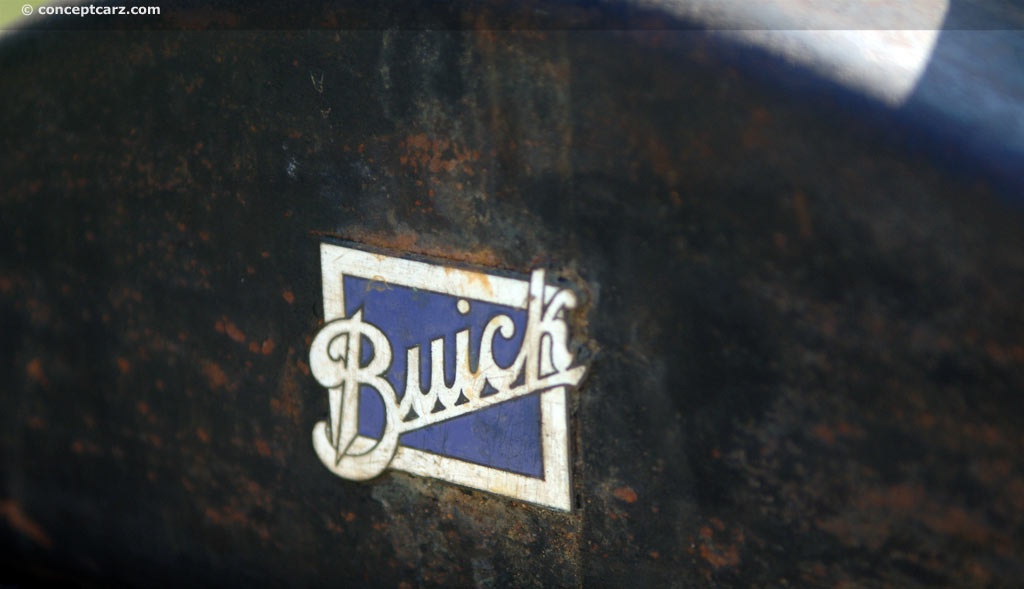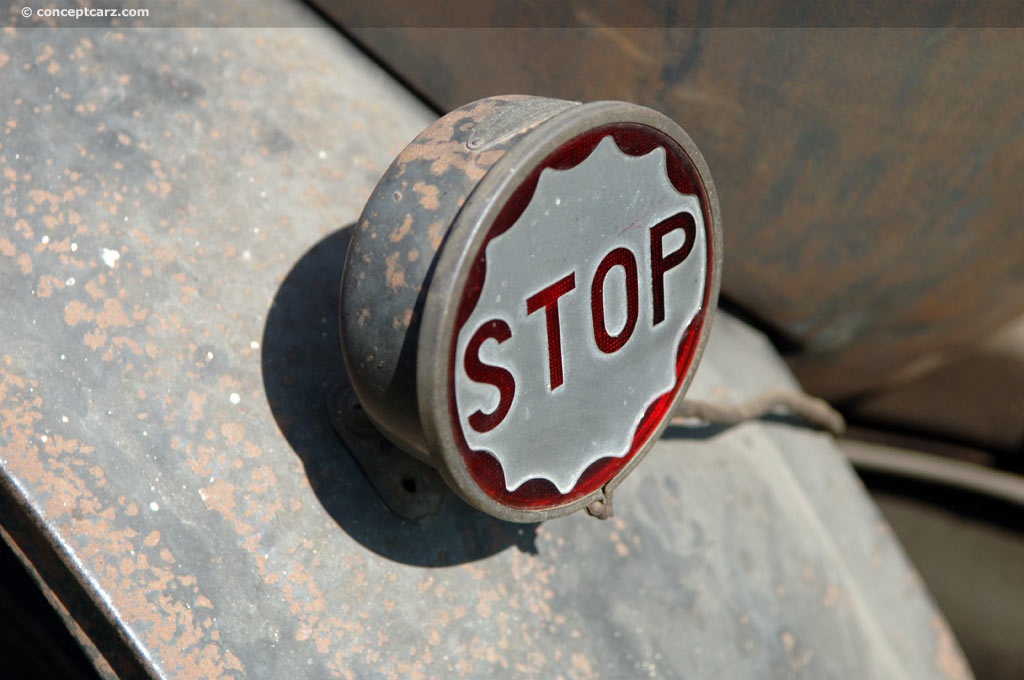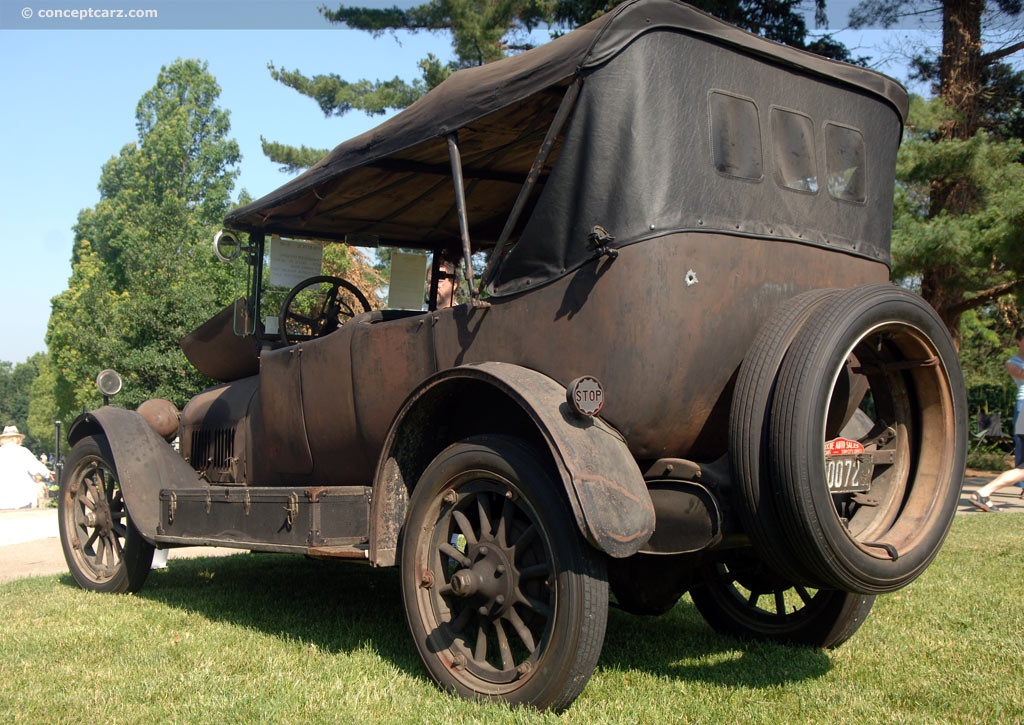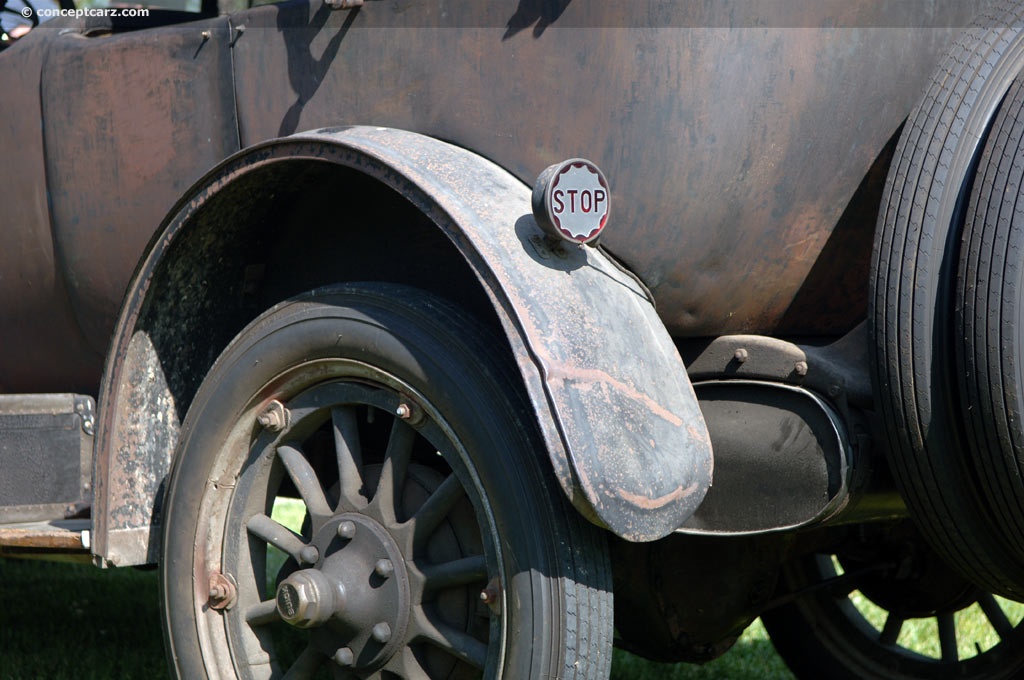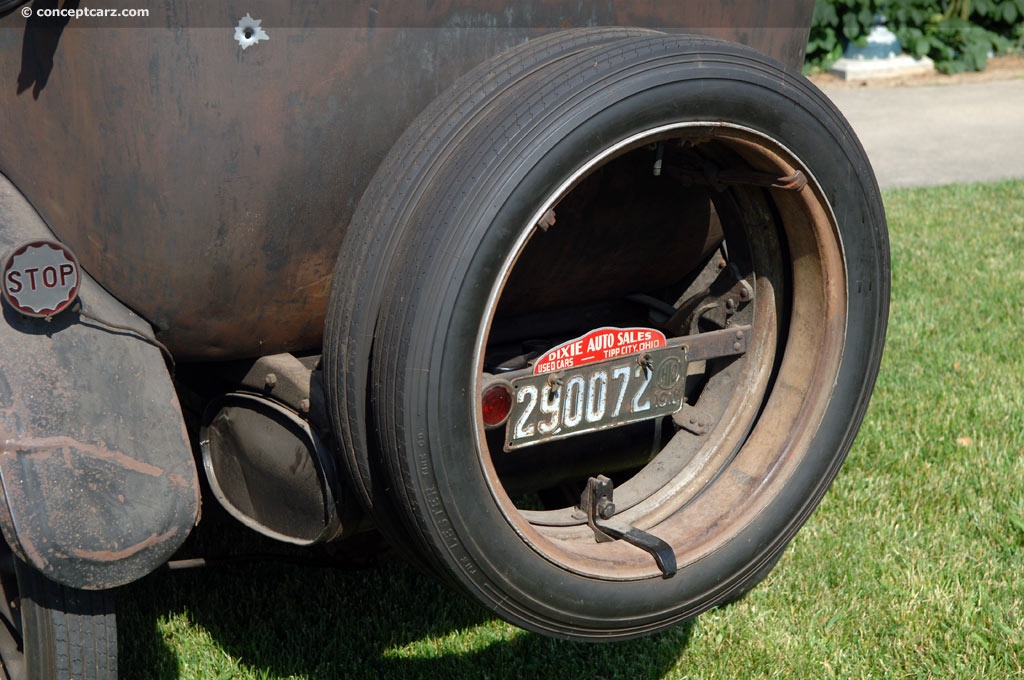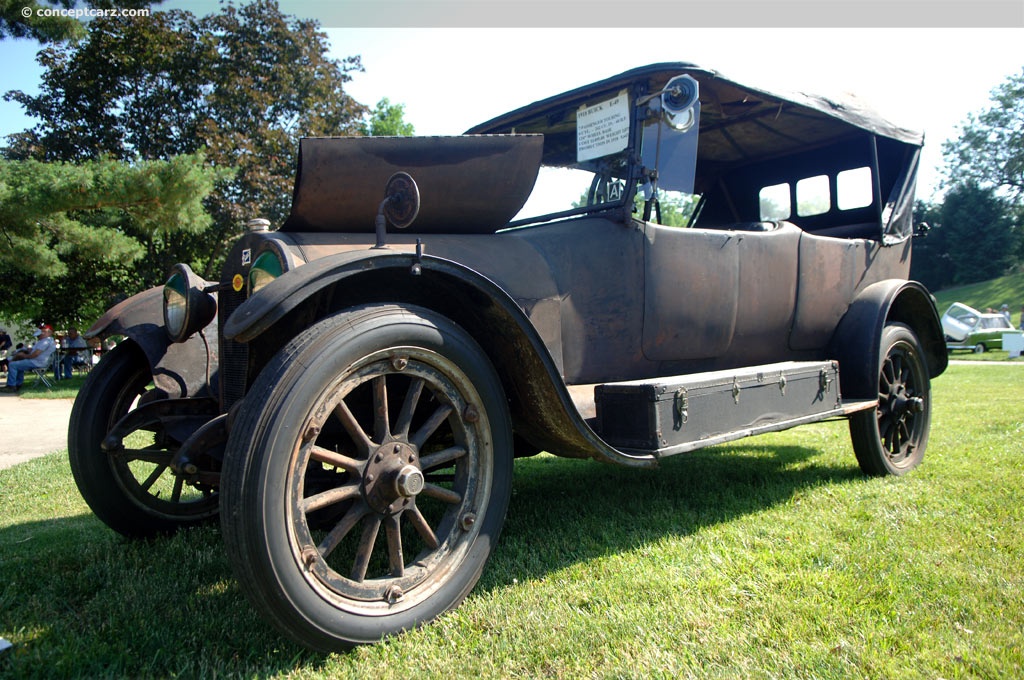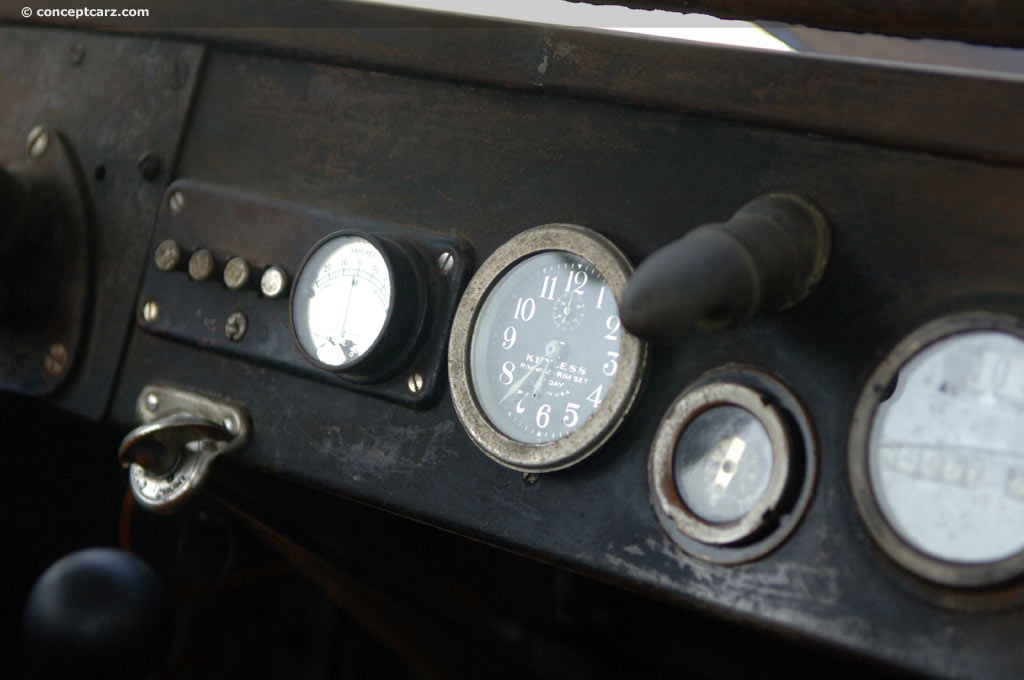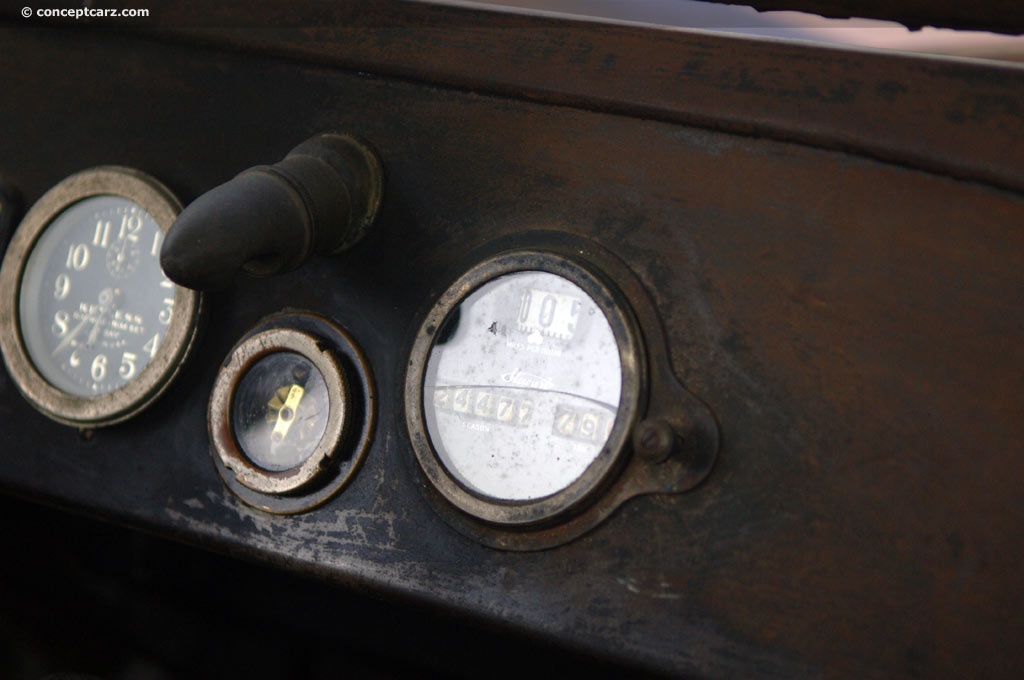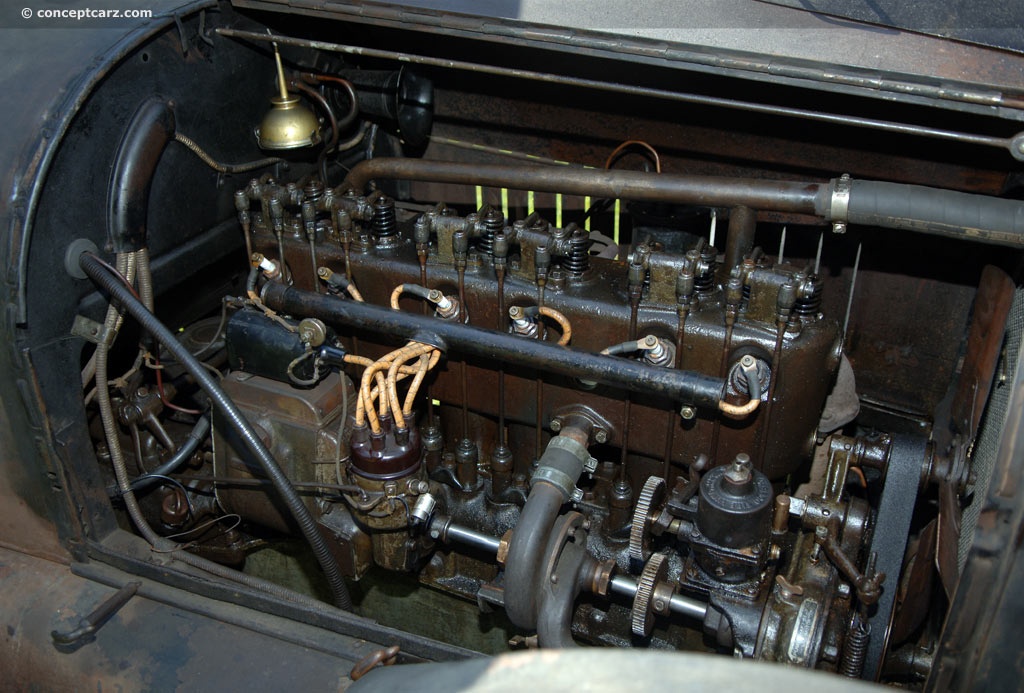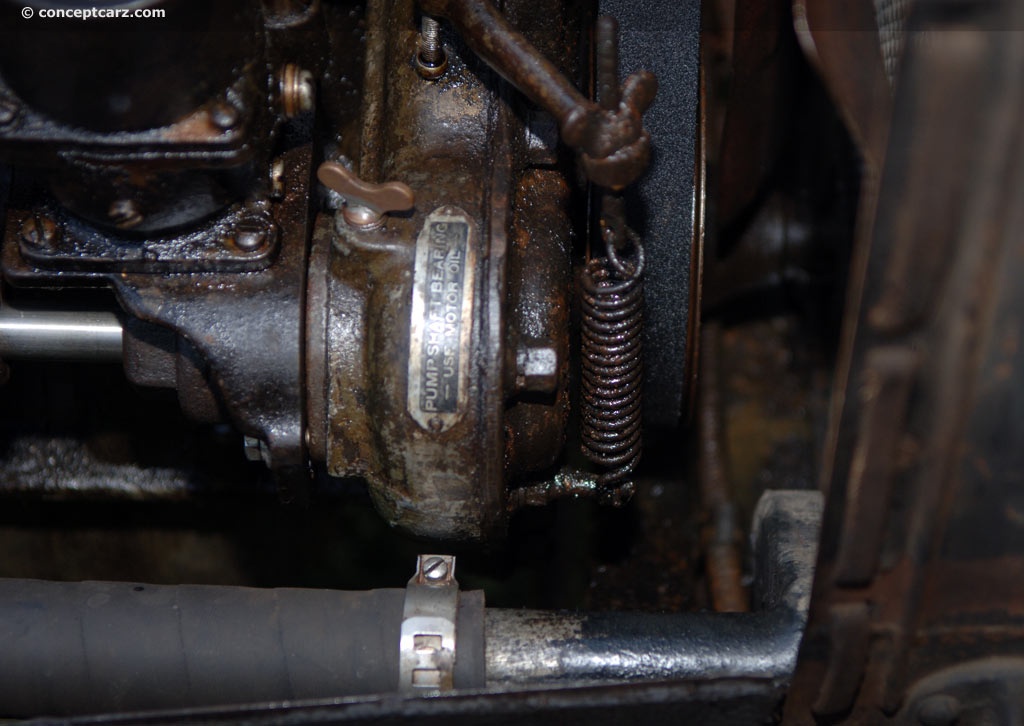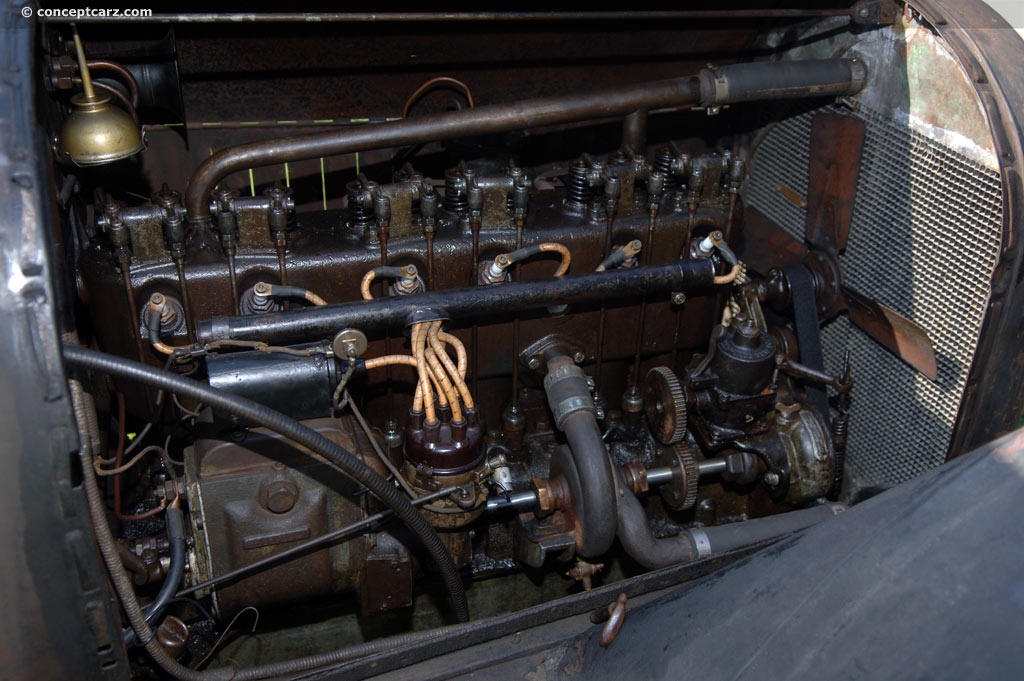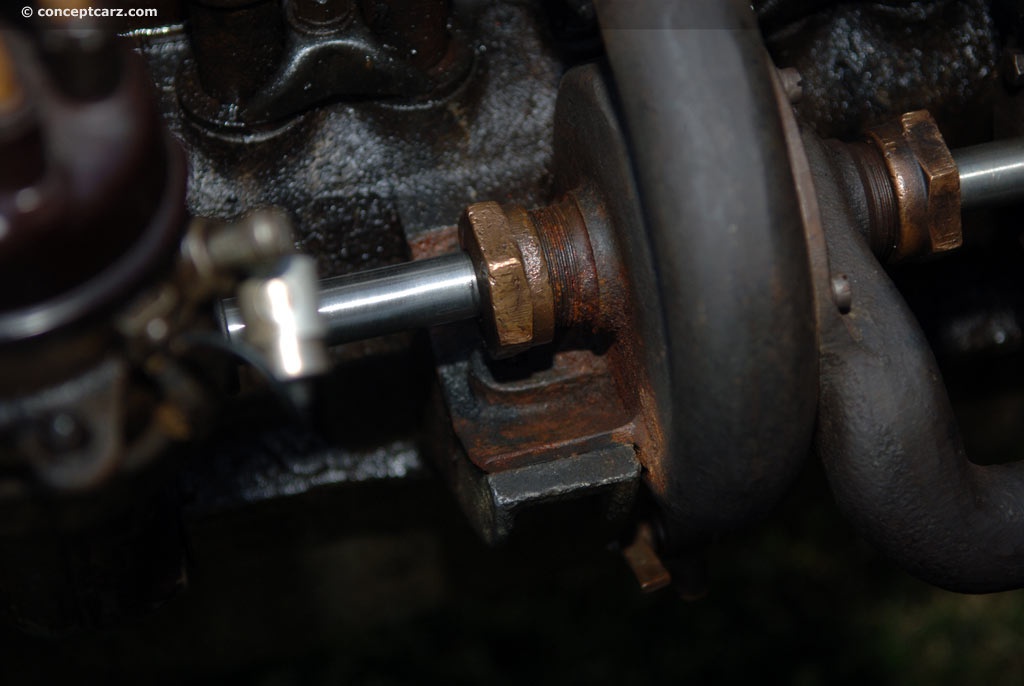David Dunbar Buick built his first automobile in Detroit, Michigan in 1903. Although a talented inventor and engineer, his lack of skills as a businessman led to a number of changes of ownership in the firm’s early years before its founder was eventually eased out in 1908, coinciding with its establishment as the cornerstone of new owner William C. Durant’s General Motors. Durant’s stewardship resulted in a dramatic increase in production from 750 cars in 1905 to 8,802 in 1908 when Buick’s most popular model – the four-cylinder Model 10 priced at $900 – was a direct competitor for Ford’s Model T. By 1916, the four-cylinder Buicks were replaced by smaller sixes, only to return a year later on the D-34 two-door roadster and D-35 four-door tourer, both equipped by a new 170 cubic-inch overhead-valve engine with a detachable cylinder head.
The 225 cubic-inch Six of 1917 was replaced in 1918 by a larger 242 CID version. It continued to use the advanced valve-in-head engine design of Walter L. Marr and Eugene Richard, mechanical valve lifters, a Marvel carburetor and delivered sixty horsepower. The 170 CID four-cylinder engine produced 35 horsepower and received a new gear-driven oil pump. Both engines were backed by a three-speed sliding gear transmission with mechanical brakes on two wheels.
Many changes were made to the interior, including revised seats with a higher back, linoleum replaced rubber for the floor covering, and revised instrument panel with oil and ammeter gauges. Exterior changes were also minimal, perhaps the most visible being the slight rearward slant of the windshield.
The E-34 Roadster and E-35 four-door Tourer were priced at $795 and equipped with the four-cylinder engine and a wheelbase that measured 106 inches.
The roadster, four-door tourer, coupe, and sedan used the 118-inch wheelbase platform. The largest 124-inch wheelbase was reserved for the seven-passenger tourer and the seven-passenger sedan.
Optional equipment included a dual spare tire carrier, spotlight, and a front bumper.
